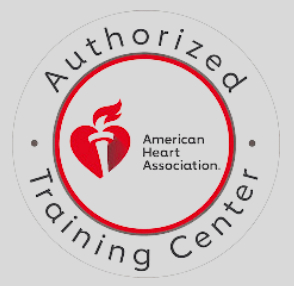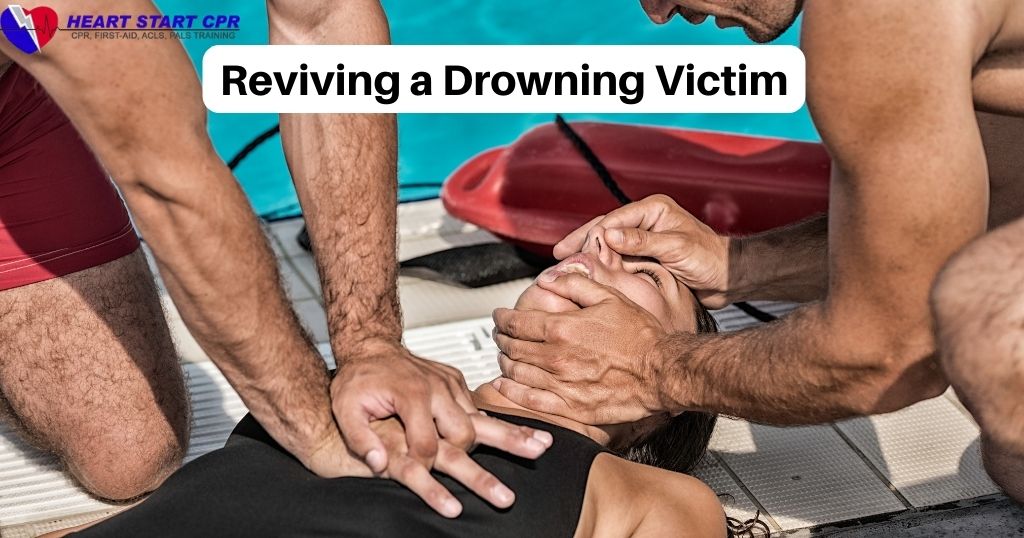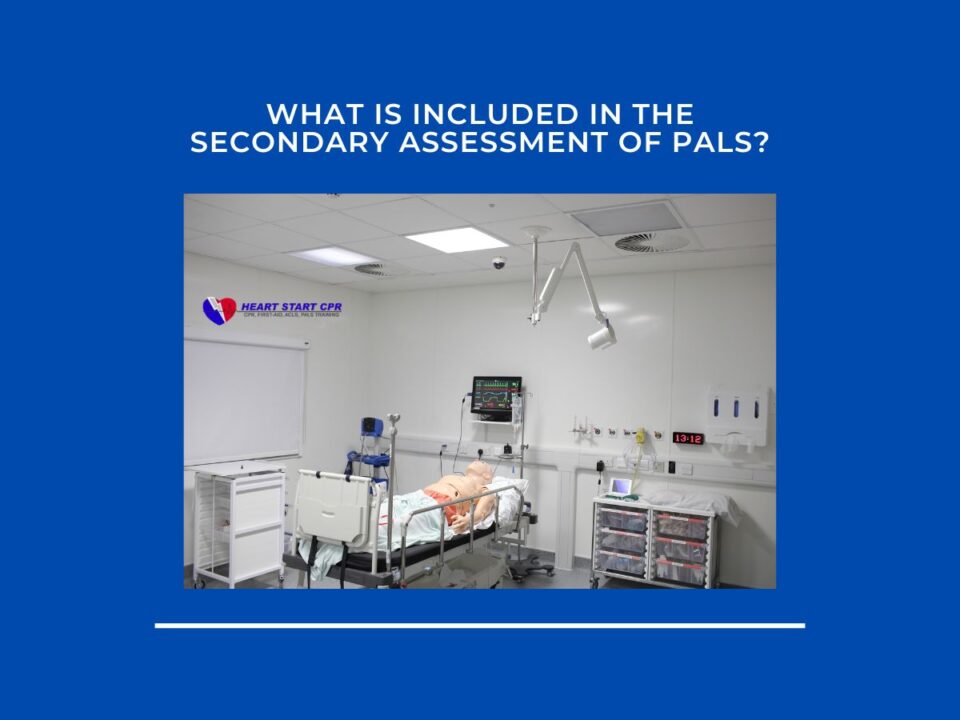
What is ACLS? Importance of ACLS for Healthcare Providers
November 29, 2022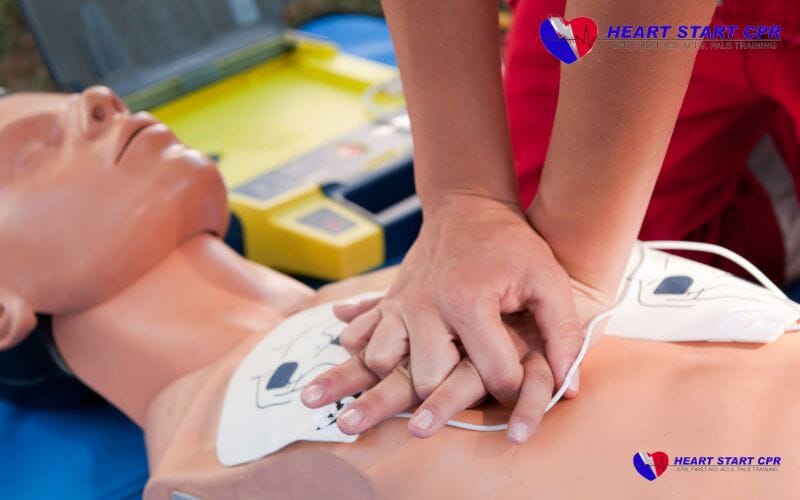
Heart Attack First Aid: Signs, Symptoms and What to Do
December 15, 2022Table of contents
- What is Drowning?
- What is Drowning CPR?
- Stages and Signs of Drowning
- Drowning Treatment : What to Do When Someone is Drowning?
- What to Do if You Are Drowning?
- CPR Steps For Drowning: Adults, Children, & Infants
- What Makes CPR Different For Drowning Victims?
- First Aid and CPR Training for Drowning Victim At Heart Start CPR
- Drowning CPR FAQs
Imagine you are in a pool, and you witness a drowning incident. You want to help the person and revive them in any way possible. But How to revive a drowning Victim? Yes, You can be the Saviour for the drowning; by using drowning victim CPR techniques. An emergency situation can happen at any time, and you need to prepare yourself for situations like that. Having First Aid and CPR Training, especially CPR for drowning instills you with the necessary skills to comfort the victims in times of emergencies.
An average of ten people die each day in the United States due to the case of drowning, according to the Centre for Disease Control And Prevention (CDC). Drowning is the fifth leading cause of unintentional death due to injury in the United States. Out of the total deaths, 20% are children under the age of 15. Children between ages 1-4 have the highest drowning rate. Of the survivor, 50% also experience complications, including problems in memory, learning disabilities, and a permanent vegetative state.
What is Drowning?
Drowning is a kind of suffocation caused by liquid entering the airways of the mouth and nose. Drowning occurs when an individual lacks oxygen while in water. According to the WHO, an estimated 236,000 people worldwide die from drowning each year. Drowning can occur in as little as 20 to 60 seconds and is silent. For kids between the ages of 1 and 4 years, drowning is the largest cause of unintentional injury-related death. Although they can still be used when talking about drowning, the terms wet drowning, dry drowning, and near drowning are no longer allowed. Both hot and cold water can cause anyone to drown.
What is Drowning CPR?
Drowning CPR is a specialized form of cardiopulmonary resuscitation (CPR) that is performed on a person who has been submerged in water and is not breathing. CPR for drowning victims is a life-saving technique used to restore the breathing and heartbeat of someone who has drowned. It involves chest compressions and rescue breaths to help circulate oxygenated blood to the brain and other vital organs.
Why Do We Use Drowning CPR?
The primary reason for this is that drowning victims often have little to no oxygen remaining in their bloodstream due to the cessation of breathing before the heart stops. This is in contrast to medical causes of cardiac arrest, where there is usually a sufficient amount of oxygen in the bloodstream that can be circulated by compressions alone.
In drowning victims, the need for aggressive airway management and ventilation, along with high-quality chest compressions, is crucial for resuscitation. This is because the victim's airway is often filled with water, debris, or other obstructions that need to be cleared before effective ventilation can occur. Additionally, the victim's lungs are overwhelmed by water, depriving the heart and brain of life-giving oxygen. Therefore, immediate ventilation, even before the victim is on land, is feasible and can help to reverse hypoxia and improve outcomes.
The use of drowning CPR involves a combination of airway management, ventilation, and chest compressions. The sequence typically involves clearing the airway of debris and water, followed by five rescue breaths, and then 30 chest compressions followed by two rescue breaths. This cycle is repeated until help arrives or the victim shows signs of life. The goal is to ensure adequate circulation of blood to perfuse the body's tissues and to provide oxygen to the brain and other vital organs.
Stages and Signs of Drowning
Drowning is a significant problem that can occur at any time. Usually, drowning happens quietly and invisibly. We must be aware of its stages and symptoms in order to prevent that from occurring.
Stages of Drowning
Drowning occurs when an individual lacks oxygen while in water. It's important to note that drowning can happen quickly, so we should take immediate action to revive someone. The stages of Drowning are :
- Surprise: This period occurs when a person enters the water accidentally, either by losing balance, falling in, or becoming entangled in a current. The unexpected immersion may induce shock and bewilderment, making it difficult for the individual to react quickly.
- The struggle to keep the airway clear of the water: When people try to breathe without submerging themselves in water. This can be the shortest duration for individuals who cannot swim, lasting between 20 and 60 seconds. However, if the individual can swim, this phase will not begin until the swimming failure occurs. Time may differ depending on their body temperature and clothing.
- Initial submerging & breath-holding: The person may take one more breath before diving, holding their breath underwater once they cannot maintain their head above water.
- Unconsciousness: The person may become unconscious as they continue to breathe in the water and their oxygen level lowers. Loss of oxygen damages the brain and impairs judgment.
- Convulsion: Some people may experience seizures or convulsions after losing consciousness because their brains lack oxygen. Staying afloat may become even more challenging as a result of these spasms.
- Death: They are in a state of clinical death if their respiration and heart have stopped. However, prompt medical intervention and CPR may be able to preserve the patient.
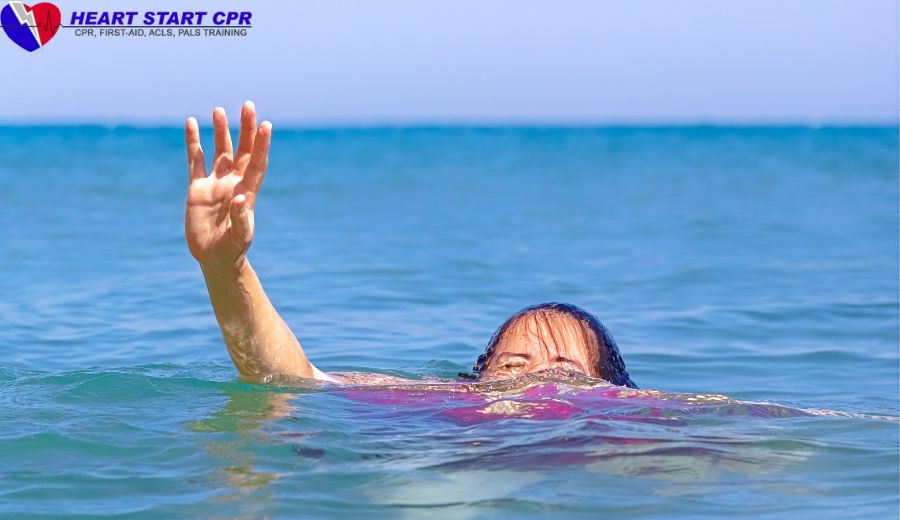
Signs of Drowning Victim
You are on the lake enjoying yourself with your family and friends. Suddenly you see one of your friends is entirely lying on the water. Is he having fun or just tiredly lying in the water? But these could be the signs of drowning because drowning victims usually cannot call for help. We have the misconception that the victims will splash water and yell for help, but that will not always be the case, especially when the person drowning is a child. Read the below carefully to learn the signs of drowning:
- The person drowning will be silent and gasping for air. Usually, most people who are drowning cannot call for help. Just look at the victim's face for panic and fear.
- The victims will try to clear the water for air, so their heads will tilt backward. The water will cover most of the face, and the body will lie in vertical positions.
- They will try to get hold of something invisible, constantly moving their arms downward.
- You should be concerned if someone's face floats down for more than 30 seconds.
- When a child or an adult jumps in the water and doesn't come up, they might be drowning because they cannot swim or they hit something underwater.
- When someone tries to crawl the wall, especially a child, it means they are tired and want to get out of the water. You should offer help immediately.
- If the person is not using legs and is vertical in the water, he/she might be drowning.
- Someone swimming alone, especially a child, has a high risk of drowning. And it's a sign that they don't know swimming if they are wearing a life jacket or swim wings.
Drowning Treatment : What to Do When Someone is Drowning?
It is essential to respond quickly to try and save if someone is drowning. Being unable to act quickly might lead to unfortunate events. So, in order to prevent that from happening, you need to follow certain steps. Here are the steps to follow:
- Call for help. If you are at a beach or pool, alert a lifeguard. If you are not at a designated swimming area, call 911 or your local emergency number.
- If the person is still in the water, carefully remove them from the water and lay them on their back on a firm, flat surface.
- Check for breathing and pulse. If the person is not breathing and has no pulse, begin Cardiopulmonary Resuscitation (CPR) Drowning immediately.
- To perform CPR, place the heel of one hand on the center of the person's chest, and the other hand on top. Press down hard and fast at 100-120 compressions per minute, allowing the chest to recoil fully between each compression.
- If you are trained and know how to perform CPR, after 30 compressions, open the person's airway using the head-tilt chin-lift maneuver. Then, give two rescue breaths. Continue CPR for the drowning person, giving 30 compressions followed by two rescue breaths, until emergency responders arrive or the person starts to breathe independently.
If you are not trained in CPR, continue giving chest compressions until help arrives. It is better to do something than to do nothing at all.
Remember, acting quickly and calling for help is the most important thing. Time is of the essence in a situation like this, and every second counts.
If you need to be trained in CPR, learn more about it and get certification in CPR and save life in emergencies.
Related post: First aid treatment for heart attack
What to Do if You Are Drowning?
The first thing to remember is not to panic to survive a drowning. You must take certain actions, which include the following, to avoid it from happening:
- Try to breathe properly while keeping your head raised.
- Discard any items that are weighing you down, such as your bags and shoes. Though it can be difficult, try to maintain your calm.
- If people are nearby, try to shout, wave at them, or splash water to get their attention.
- Tensed muscles require more oxygen than relaxed muscles, so try to maintain your relaxation as much as possible.
- If you are tired, lean on your back and look at the sky.
What’s the Best Way to Save a Drowning Victim?
The best way to save a drowning victim is to act quickly and call 911. If you can reach the victim, grab them and pull them out of the water. If the victim is not breathing, start CPR, including rescue breaths and chest compressions. This comprehensive CPR technique helps maintain blood flow and oxygen supply, preventing further damage until professional help arrives. By acquiring CPR skills for drowning, you become equipped to respond promptly in an emergency.
It's also important to be aware of your surroundings. If you're swimming in an area where there are other people, make sure to watch out for each other. If you see someone who is struggling, be prepared to help them.
CPR Steps For Drowning: Adults, Children, & Infants
For children and adults, CPR isn't given exactly the same way. There are different procedures to perform CPR for drowning children and adults. There are general steps, but the main process is different.
General Steps:
- Call 911 to activate EMS immediately.
- Turn the person on their back on a firm, flat surface.
For Drowning Adults:
- Step 1: Place one hand on the center of the chest at the nipple line, with the other hand on top.
- Step 2: Perform chest compressions at least 2 inches deep. Note that Broken ribs while delivering CPR are common.
- Step 3: Do compressions hard and fast at 100-200 compressions per minute, and let chest to fully recoil between compressions.
- Step 4: Check if the victim has started breathing time and again.
For Drowning Infants and Children:
- Step 1: Open the Airway: Place the child on their back, tilt the head, and lift the chin. Be cautious not to tilt the head too far.
- Step 2: Perform Rescue Breaths:
- For older children, pinch their nose shut and create a seal with your mouth over theirs.
- For infants, cover both the mouth and nose with your mouth.
- Blow air into the mouth for 1 second, ensuring the chest rises. Repeat once more.
- Step 3: Chest Compressions:
- For infants, use the heel of one hand at the nipple line and two fingers on the breastbone.
- For children, press down at least 2 inches; for infants, about 1.5 inches. Avoid pressing on the end of the breastbone or ribs.
- Step 4: Compress the chest at 100 per minute, allowing full chest recoil.
- Step 5: Regularly check if the child or infant is breathing.
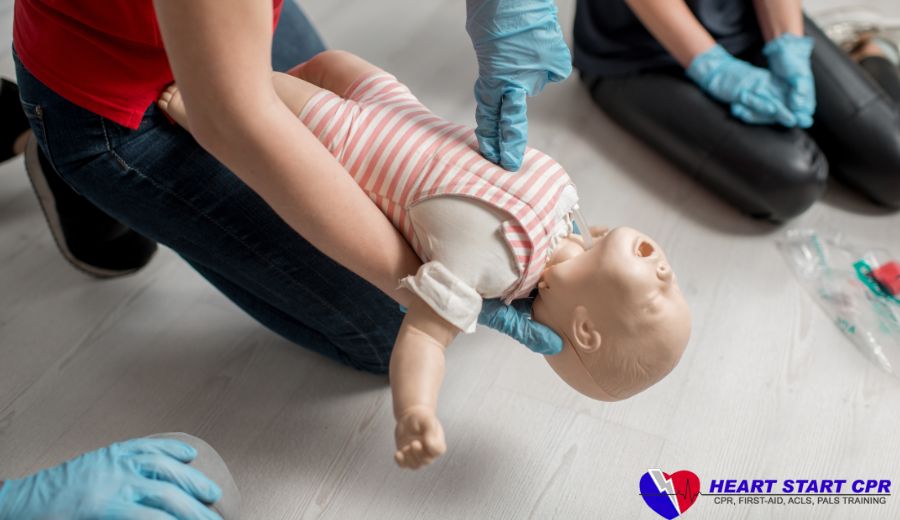
After completing this process start the CPR process:
- If you're by yourself, after performing CPR for two minutes, stop and dial 911.
Remember: Whenever you go swimming, make sure you know who cannot swim in the group and know a little bit of knowledge on first aid for drowning and carry the necessary items that help you with rescue in case of emergencies. If you don't know how to swim, wear a properly fitting life jacket. The distance in the water looks nearer than they are, so go within a reasonable distance. Ask for HELP from the lifeguards if you are sure someone is drowning. If you don't know how to swim, don't put yourself in danger; instead, provide the person drowning with a rescue tube. Prevent drowning by making sure all of your family members know how to swim.
What Makes CPR Different For Drowning Victims?
CPR for drowning victims is different because it is important to focus on clearing the airway and providing rescue breaths. You may also need to perform chest compressions for a longer period of time than you would for a victim of a different type of cardiac arrest.
Here are some of the key differences between drowning victim CPR and CPR for other types of cardiac arrest:
- Airway: Drowning victims may have water in their airways, so it is important to clear the airway before you start chest compressions. You can do this by performing a finger sweep or abdominal thrusts.
- Rescue breaths: Drowning victims may have less oxygen in their blood than other cardiac arrest victims, so it is important to provide rescue breaths more frequently. The American Heart Association recommends giving two rescue breaths for every 30 chest compressions.
- Chest compressions: Drowning victims may have a firmer chest than other types of cardiac arrest victims, so you may need to press harder when you perform chest compressions. The American Heart Association recommends pressing down at least 2 inches and compressing the chest at a rate of 100-120 compressions per minute.
How to Perform Drowning CPR:
- Assess the Scene: Ensure the area is safe before approaching the victim.
- Check Responsiveness: Tap the victim and shout to check for a response.
- Call for Help: Dial emergency services for professional assistance. Call 911.
- Clear Airway: Tilt the victim's head and lift their chin to open the airway.
- Begin CPR: Administer 5 initial rescue breaths, then 30 chest compressions followed by 2 rescue breaths in a cycle.
- Continue Until Help Arrives: Keep performing CPR until professional help arrives or the victim shows signs of life. You can stop performing CPR after professional help has arrived.
When to Perform Drowning CPR:
Perform CPR immediately if someone is unresponsive, not breathing, or showing signs of drowning after ensuring your safety and calling for help. Swift action can save lives in drowning emergencies.
First Aid and CPR Training for Drowning Victim At Heart Start CPR
Ready to learn how to perform CPR for drowning victims?
The above instructions explain what to do and how to save someone from drowning and highlight the value of CPR and first aid in daily life. To carry out those guidelines properly, you must still have CPR and first aid training. CPR Training is available at Heart Start CPR. Heart Start CPR offers Lay Rescuer First Aid classes and CPR training that will help you achieve the required confidence and knowledge suitable during a time of emergency, and you can save someone from drowning. We also offer onsite training for corporate organizations, schools, or groups of people.


